Product Sheet Lateral Landing Point Advisor
Increases production by selecting the best interval to land to maximize volume.
Advance your understanding to optimize reservoir performance

The ground truth for high-resolution information to address reservoir complexity and to guide and constrain modeling is conventional whole core. But, it’s obviously not practical to core and analyze the entire drilled well. Nor is the resolution and confidence of what can be interpreted from seismic data alone sufficient.
The industry’s recognized approach for efficiently acquiring representative information is wireline openhole logging, deploying sensors to measure all aspects of the reservoir in situ and in real time.
Get the answers you need for informed decision making and risk reduction from precise and accurate downhole logging measurements, delivered workflow-ready for interpretation and refining your reservoir model.
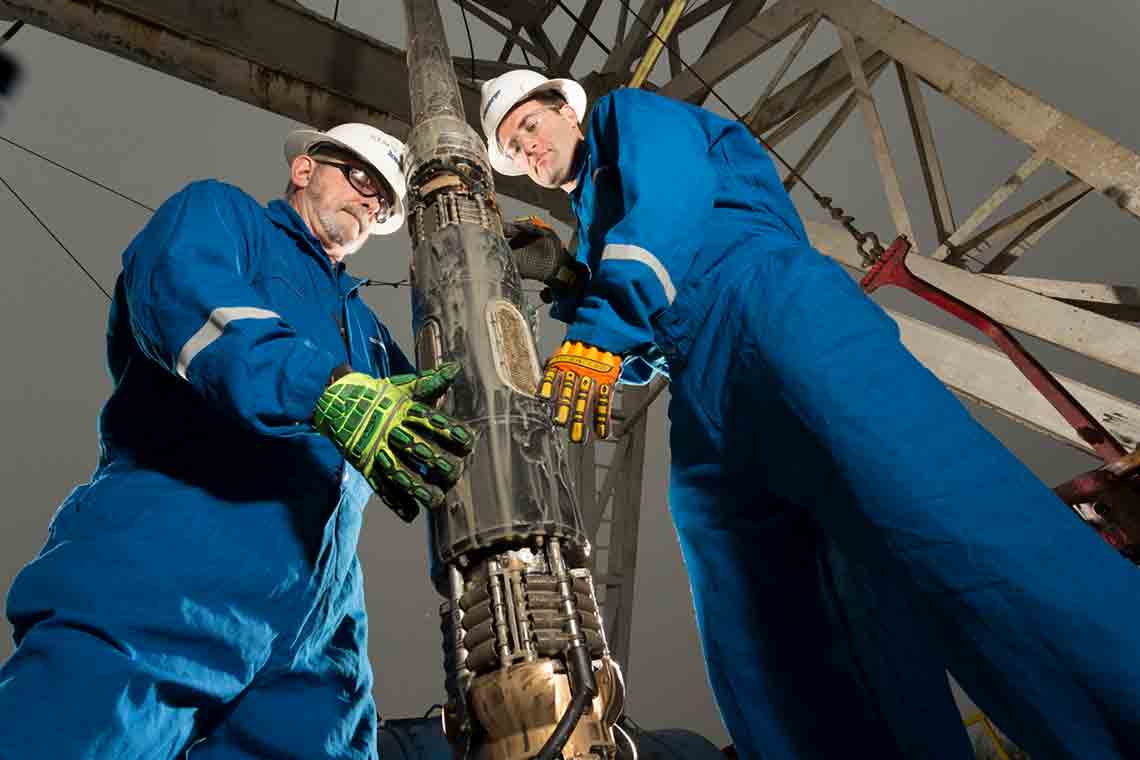
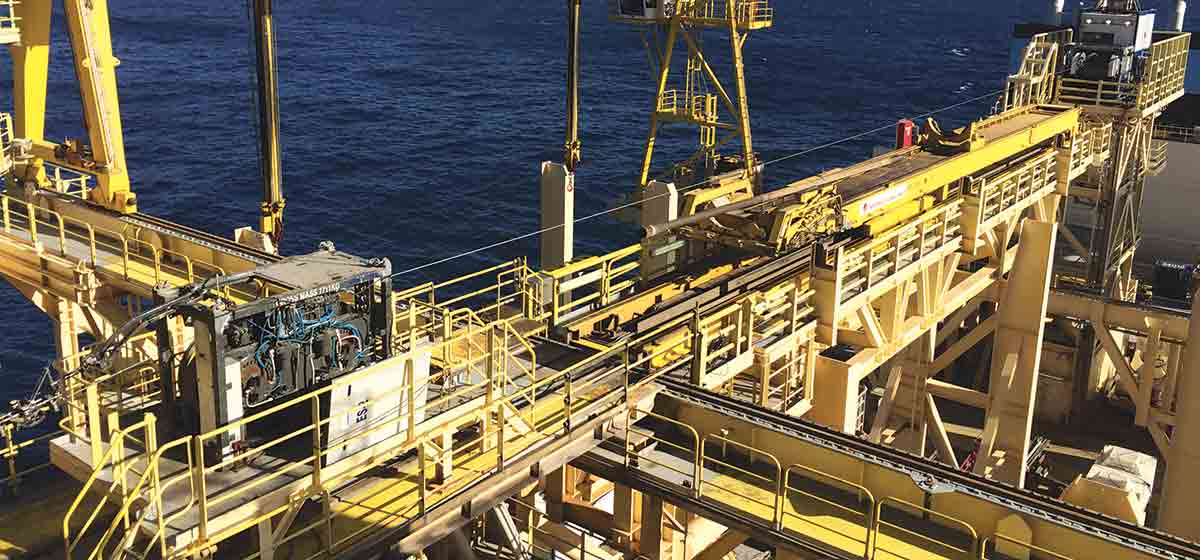
Integrated wireline and slickline systems for reliable, efficient conveyance.
Learn moreFormation evaluation characterizes rock and fluid properties based on downhole measurements, formation testing, and laboratory analysis services. Petrophysical analysis using a wide variety of measurements leads to an understanding of the reservoir and its detailed characteristics.
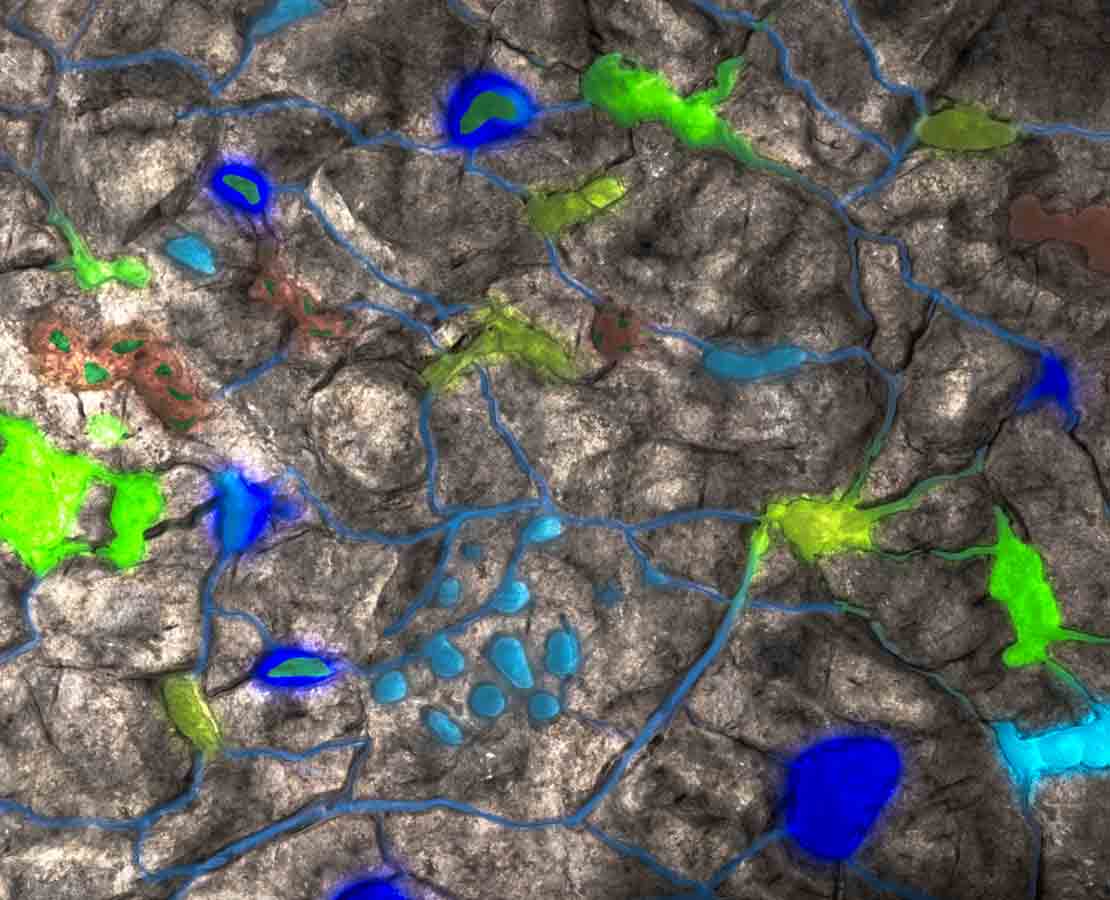
Unlock the T₁ dimension to provide the most accurate lithology-independent porosity and fluids mapping for the smallest pores. View
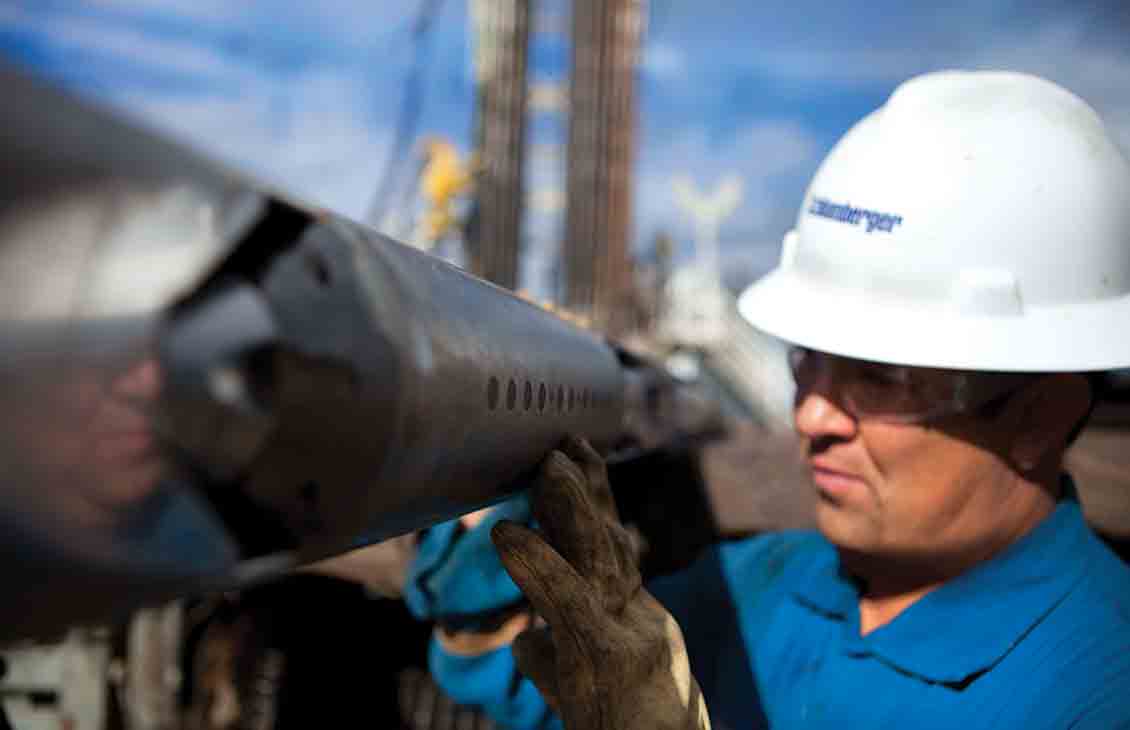
Acquire measurements that speak volumes. View
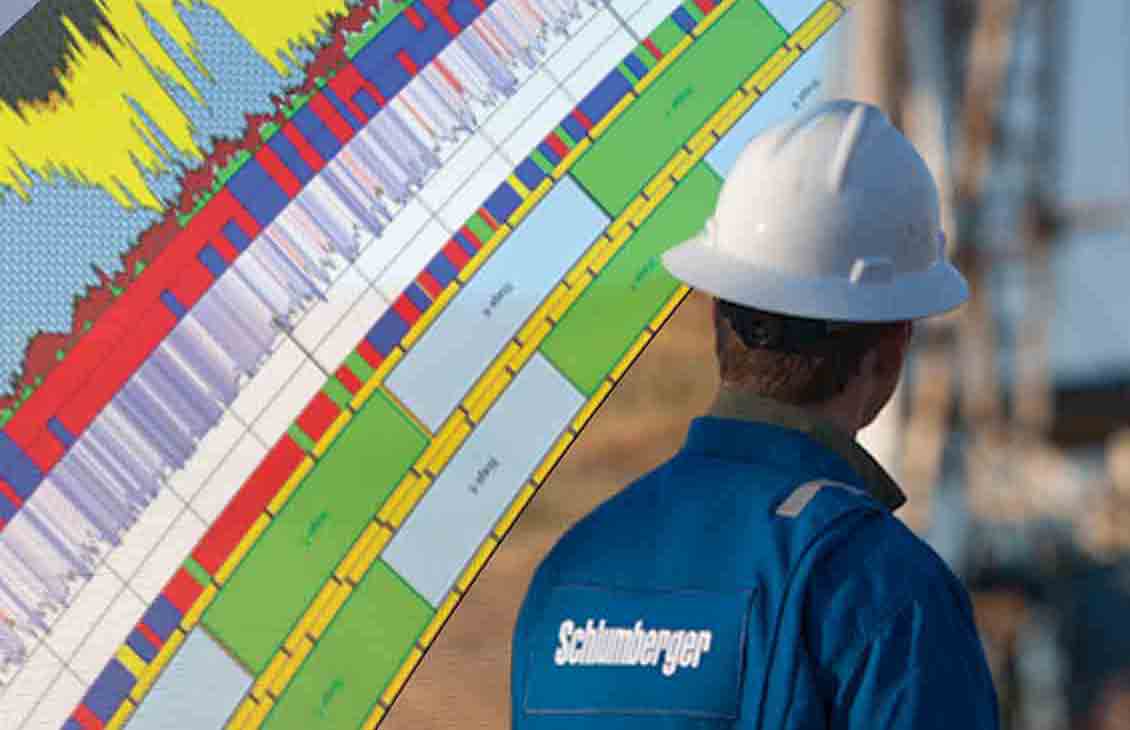
Get the complete picture of your reservoir and its fluid contents from accurately determined petrophysical properties measured by a single toolstring. View
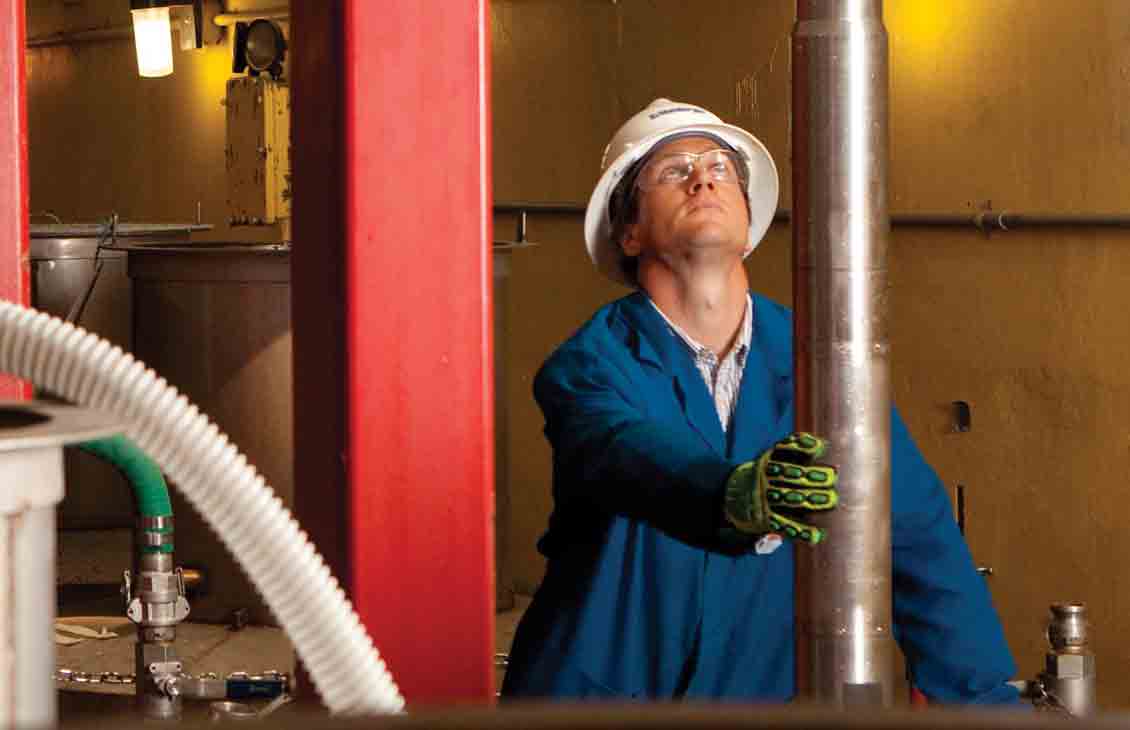
Unlock the key elements of your reservoir—including stand-alone TOC. View
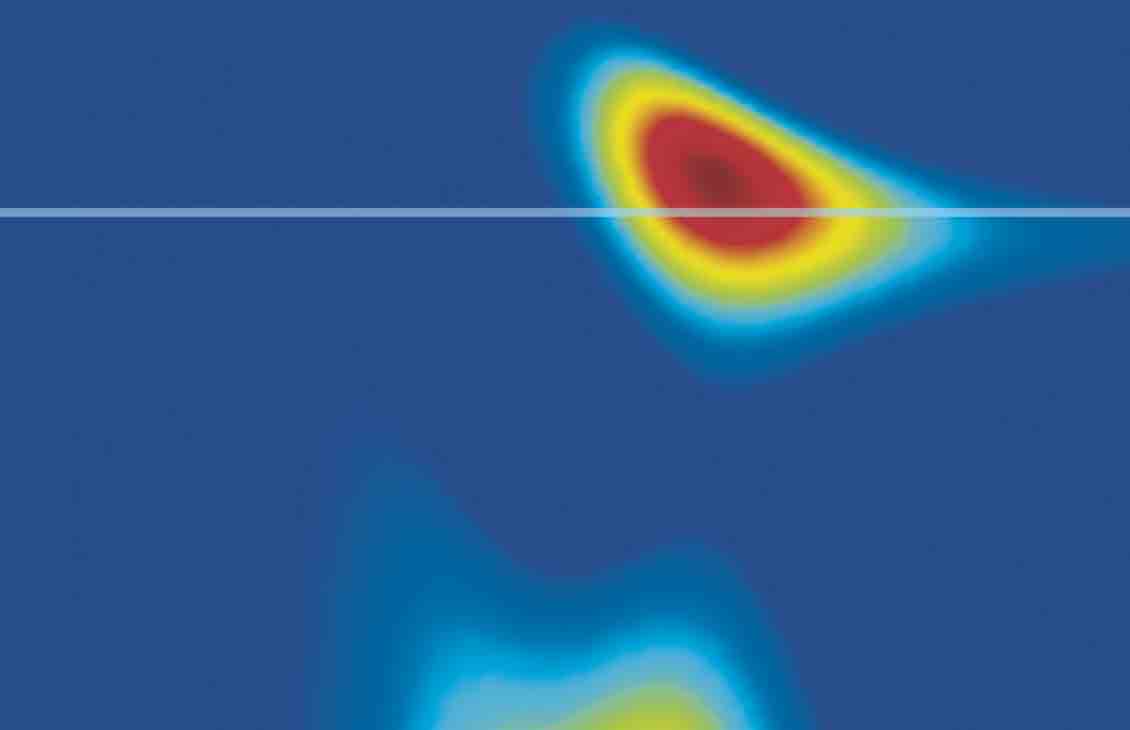
Obtain NMR measurement of porosity, permeability, and fluid volumes independent of the rock matrix. View
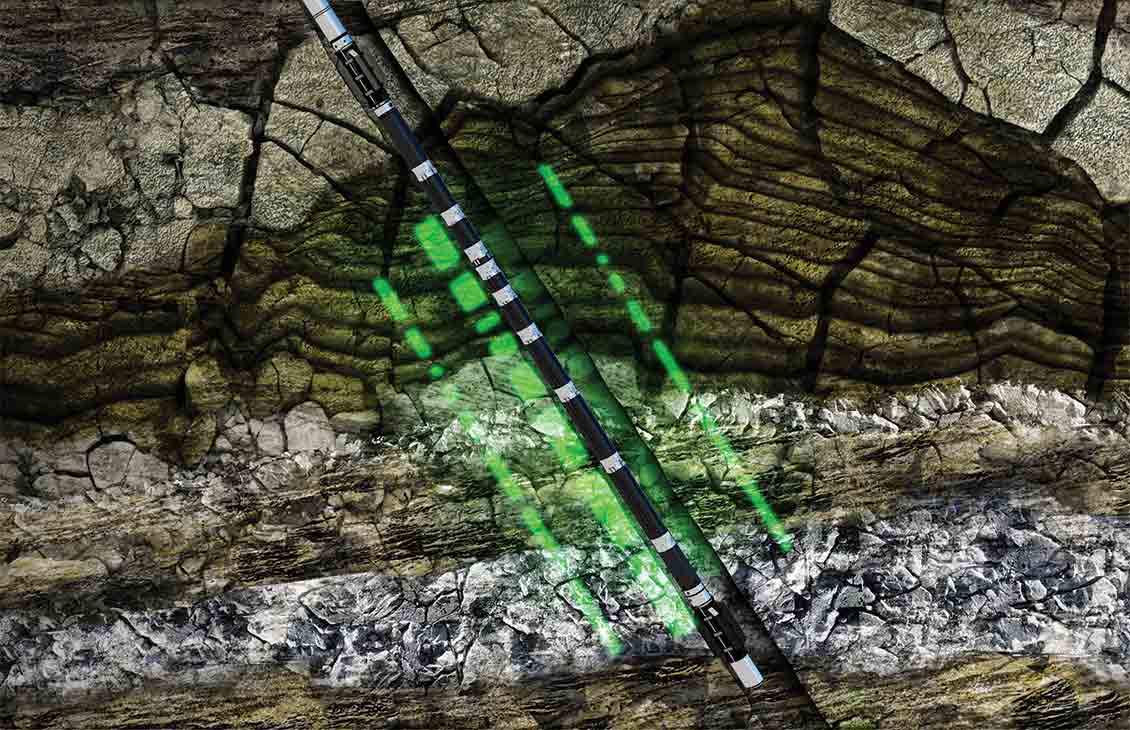
Calculate vertical and horizontal resistivity from direct triaxial induction measurements and solve for formation dip to account for anisotropy and thin beds. View
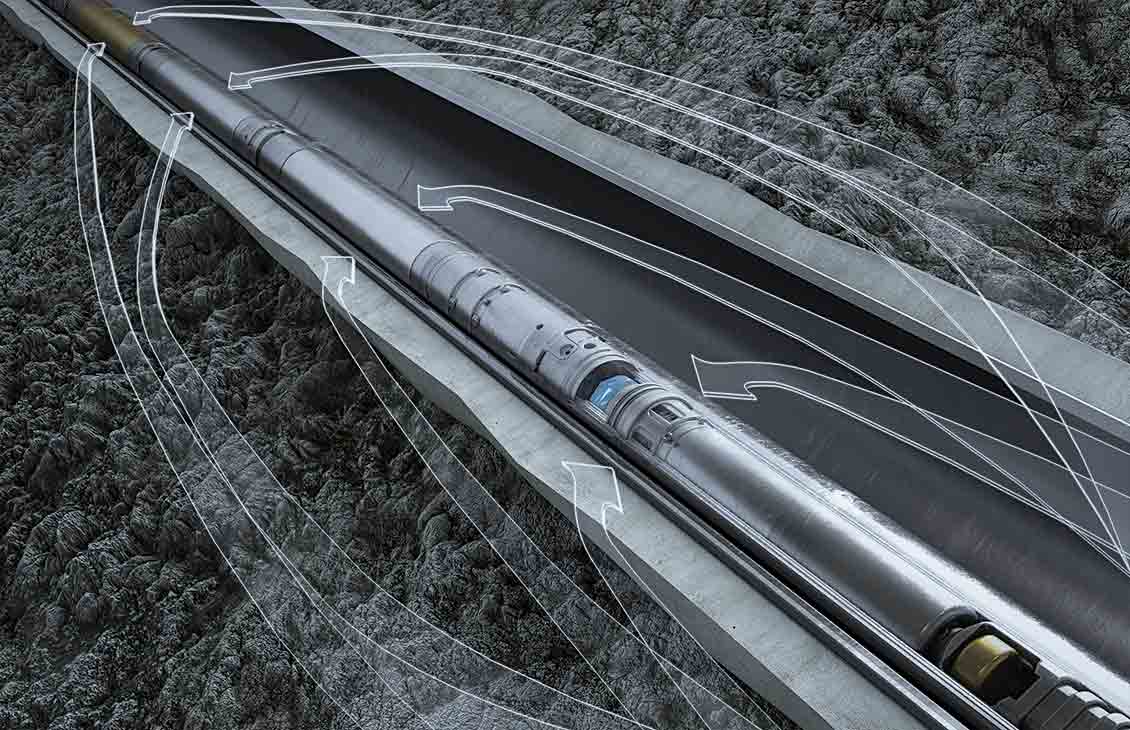
Attain comprehensive formation evaluation in cased hole: one run, one tool. View
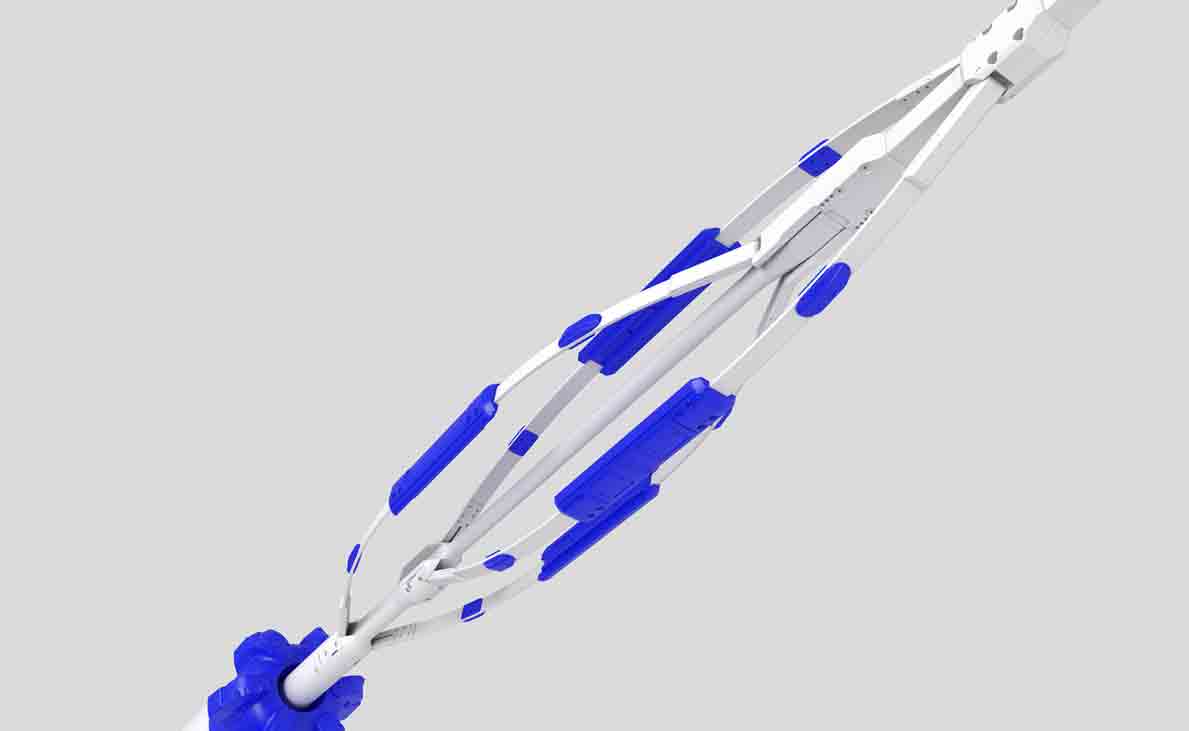
A comprehensive wireline suite designed for advanced lateral measurements in horizontal wells. View
Measurements at scales from pores to sedimentary basins are analyzed and interpreted to develop micro- and macrogeological models. Knowledge of local and field-wide structure and variability helps to achieve optimal reservoir contact and guide well paths to avoid hazards.
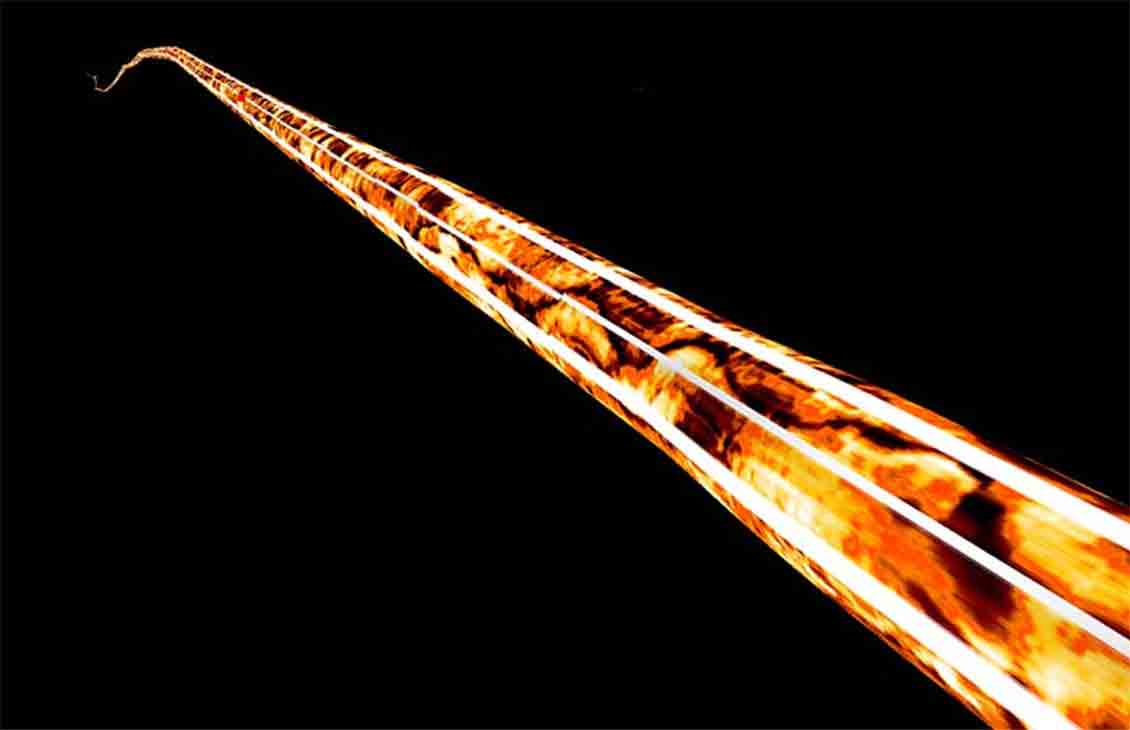
Image formation microresistivity in water-based mud, including deviated and horizontal wellbores. View
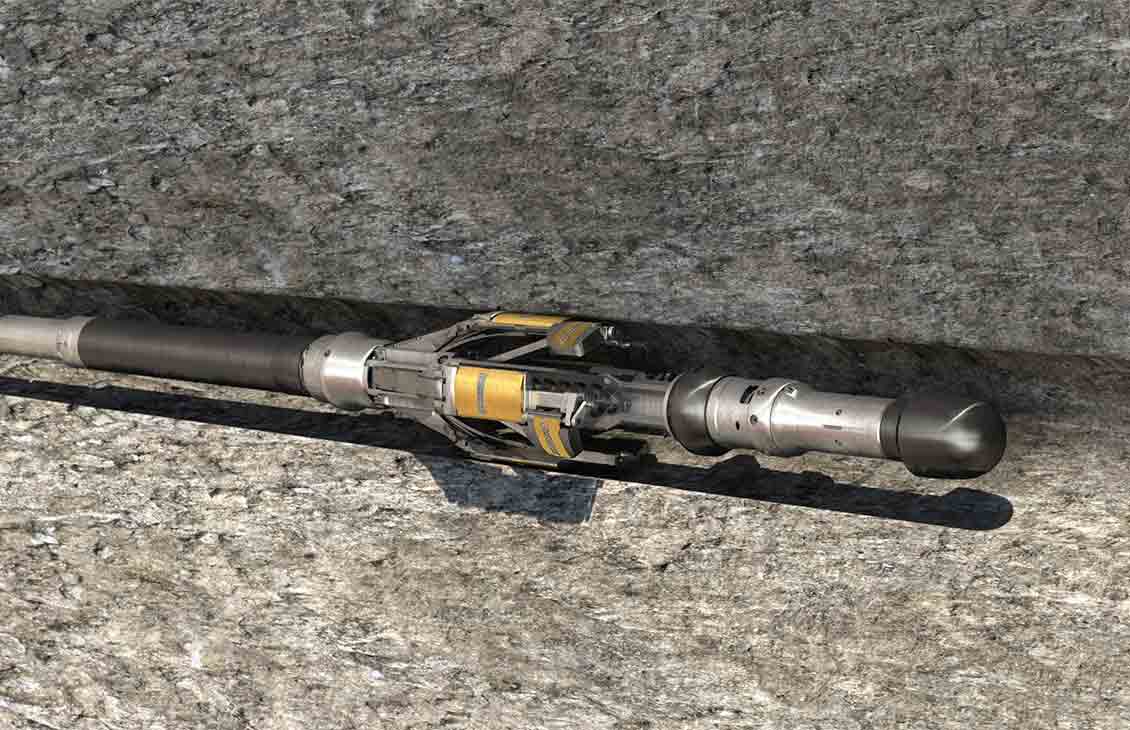
Visualize water-based mud environments in high fidelity and clarity. View
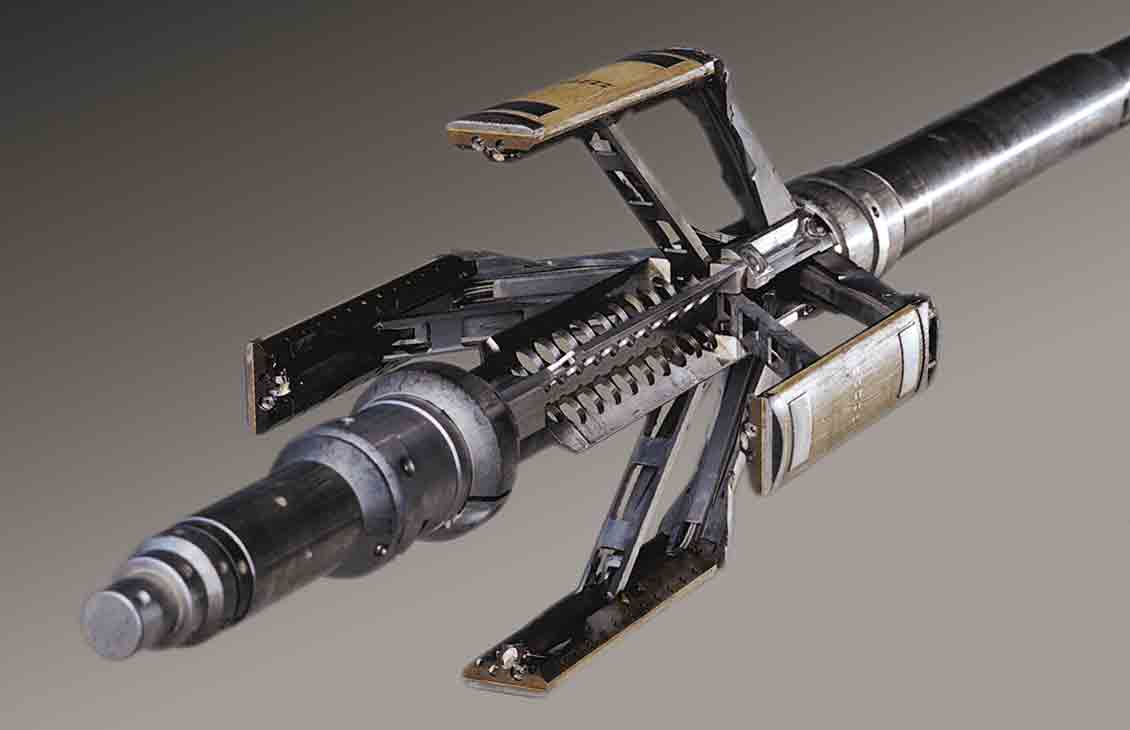
Visualize the reservoir with microresistivity imaging in oil-based, nonconductive, and invert-emulsion mud systems. View
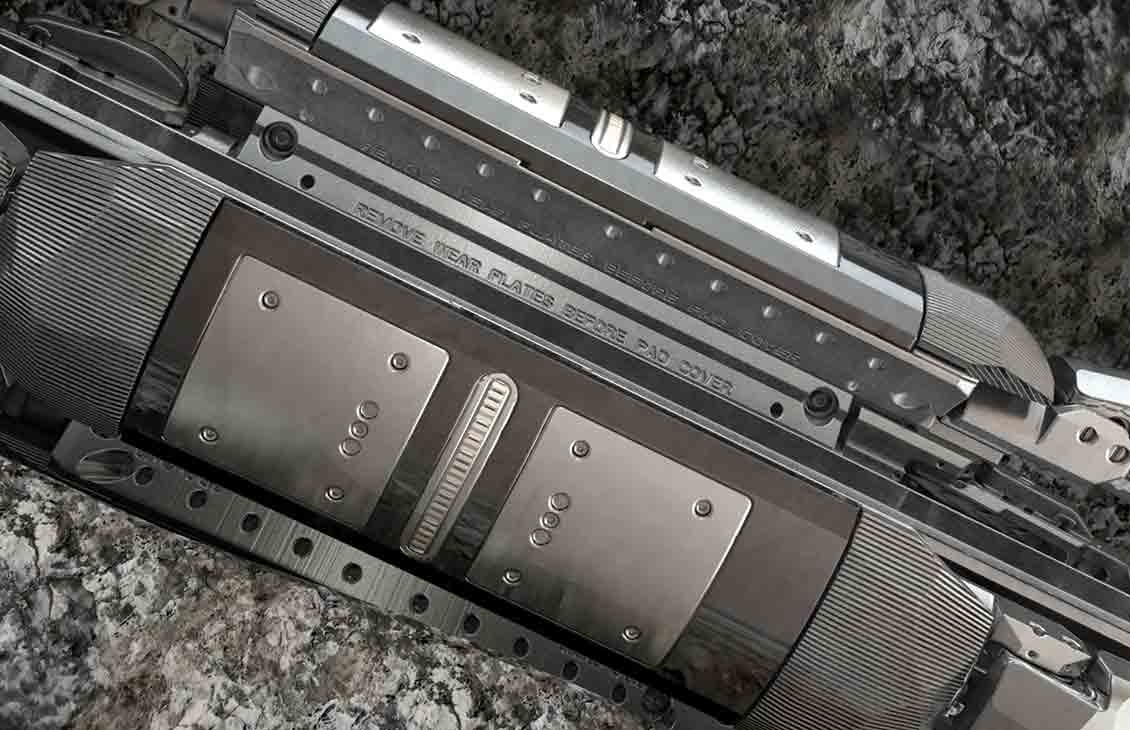
Truly visually represent formation geology with core-like images in oil-based mud. View
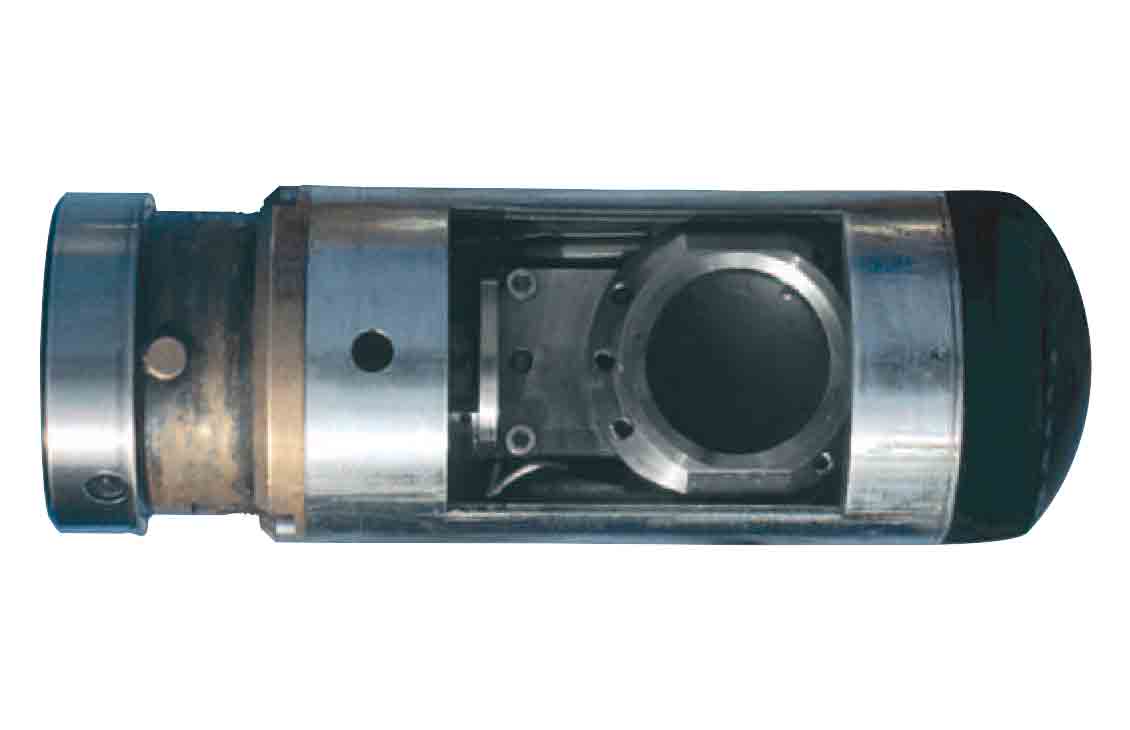
Analyze fractures, stress, and borehole stability with advanced borehole imaging independent of mud type. View

A comprehensive wireline suite designed for advanced lateral measurements in horizontal wells. View
Rocks have a wide range of stiffness and strength and are exposed to variable stresses during drilling, completion, and production. Downhole acoustic measurements and laboratory core analysis provide input for geomechanical modeling to efficiently develop, produce, and ultimately abandon reservoirs.
Reservoir engineering provides an understanding of fluid flow and phase behavior at all scales, for all fluids, and in all geological settings. Formation pressure measurement, downhole fluid sampling and analysis, and laboratory PVT analysis are used to build a picture of reservoir potential and predict future performance.
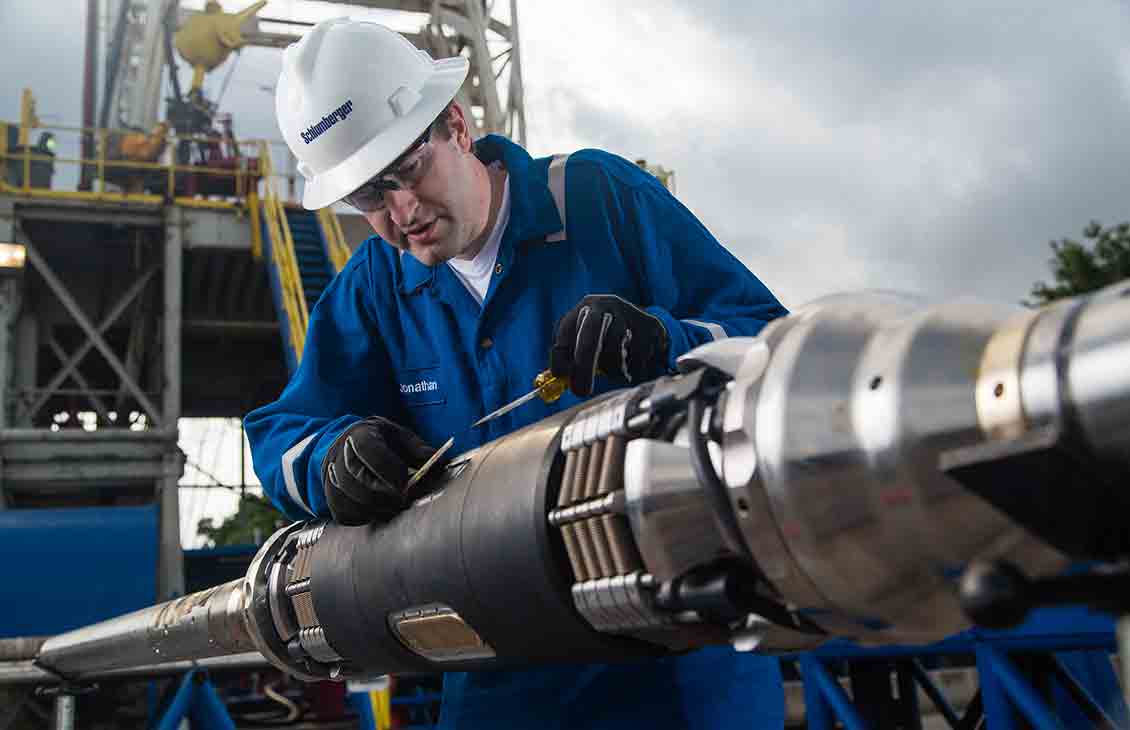
Perform formation testing where previously not possible. View
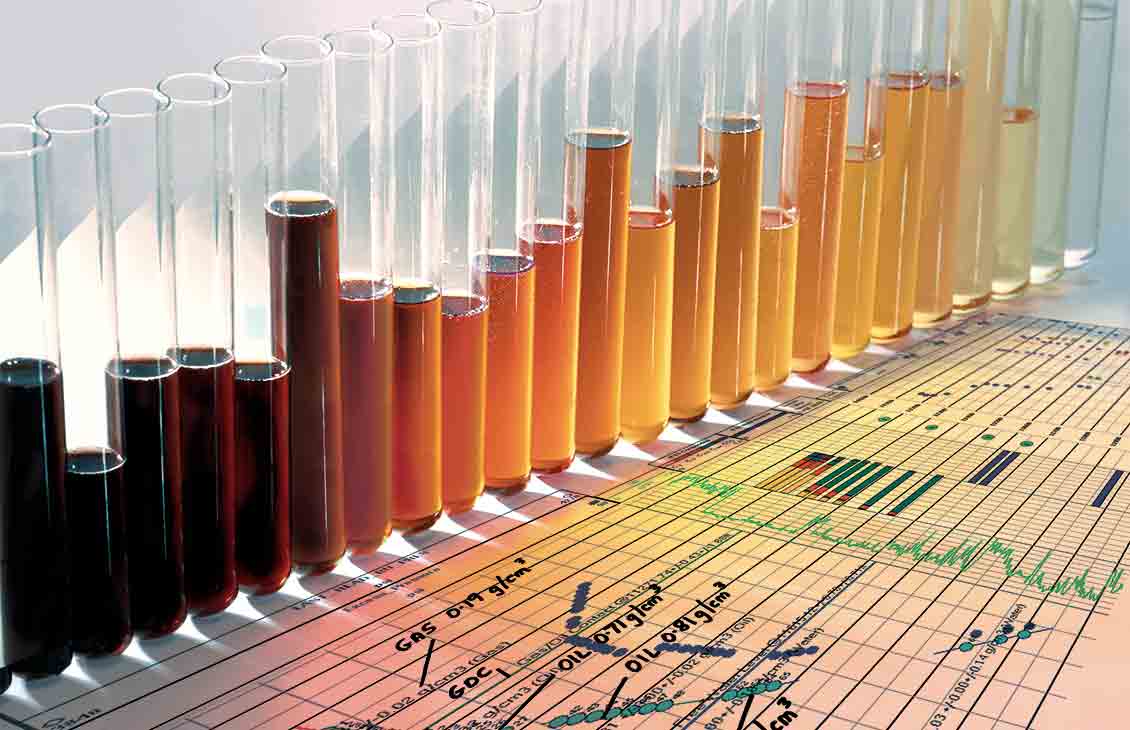
Describe the entire reservoir fluid system in real time by scanning fluid properties downhole in different reservoir zones. View

Determine how fluid behaves in the reservoir by collecting data at reservoir conditions. View
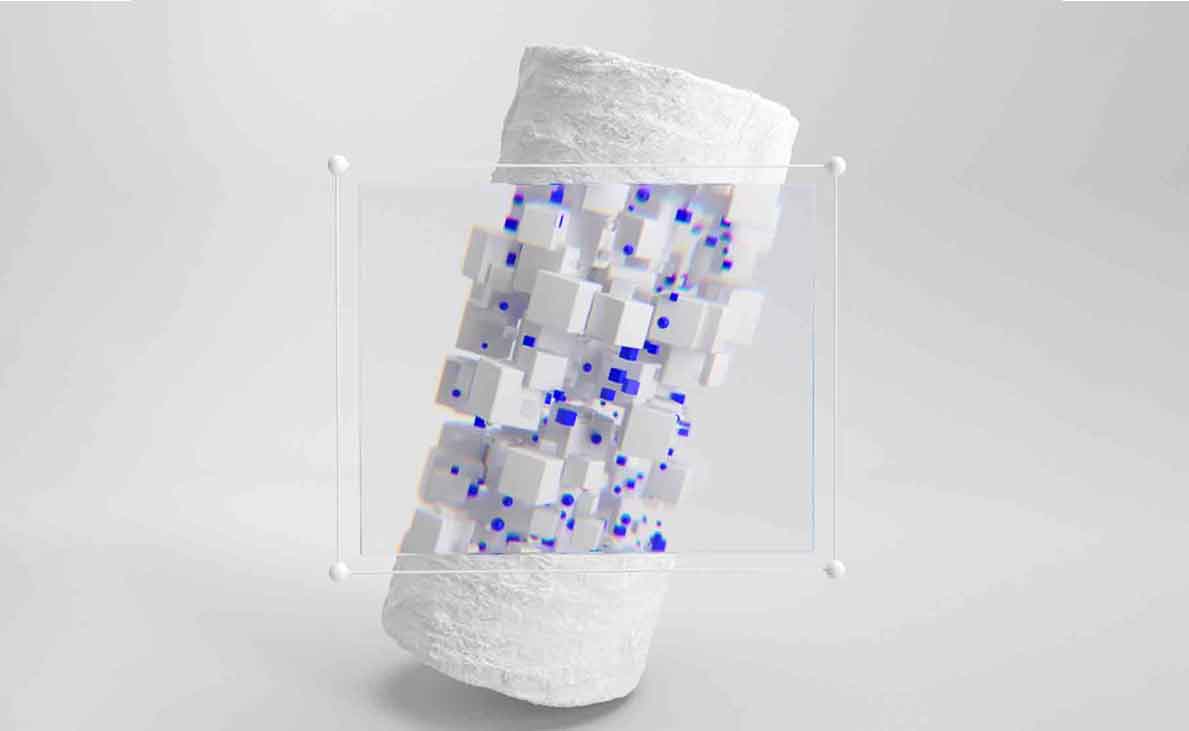
Understand the reservoir rock and its fluid contents. View
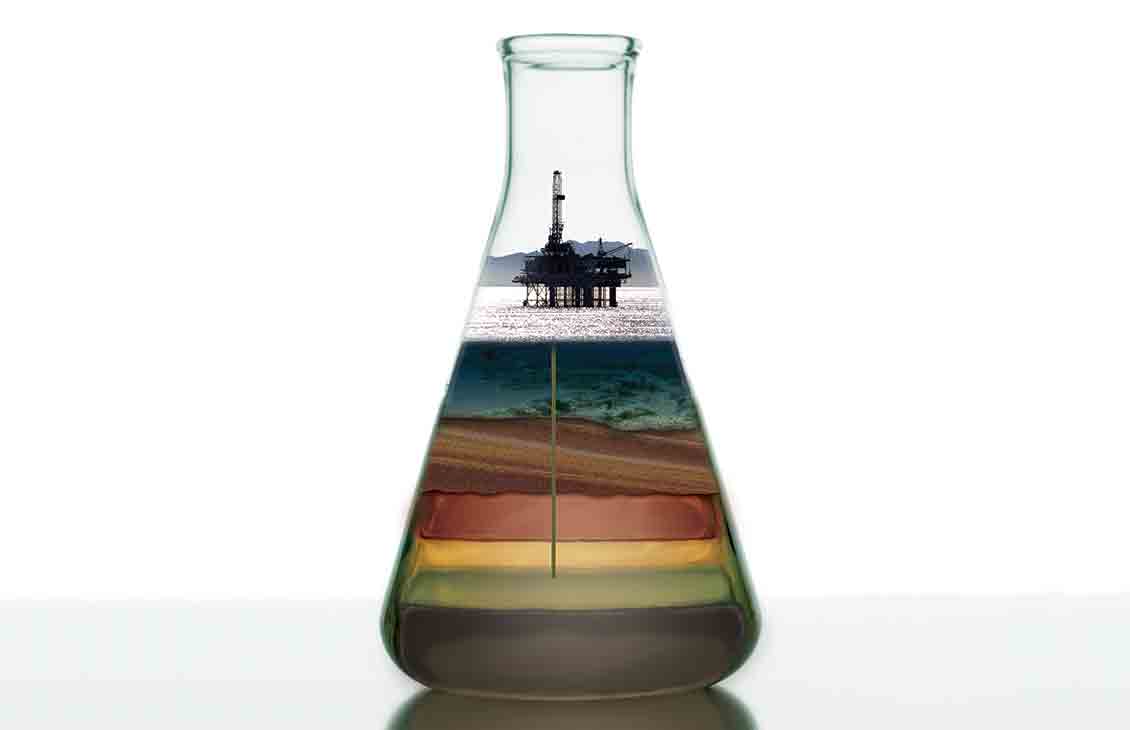
Collect virtually contamination-free fluid in a fraction of the time. View
Large-scale sensing finds reservoirs in all types of environments, providing the basis for a 3D reservoir model with physical properties at all scales. Geophysics provides the “big picture,” while wellbore-scale seismic and petrophysical data deliver formation understanding in detail.